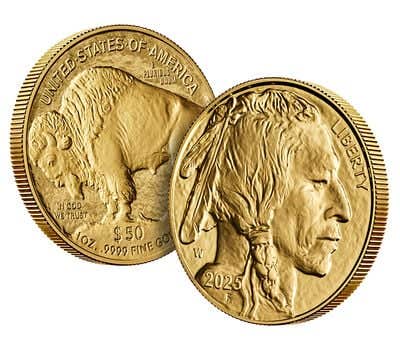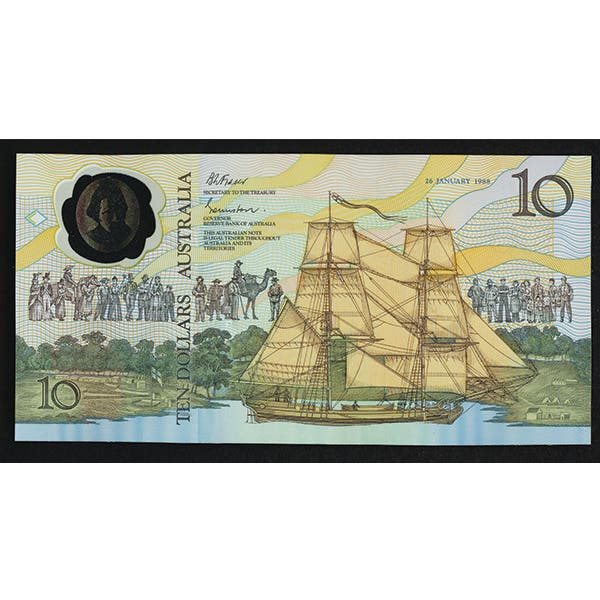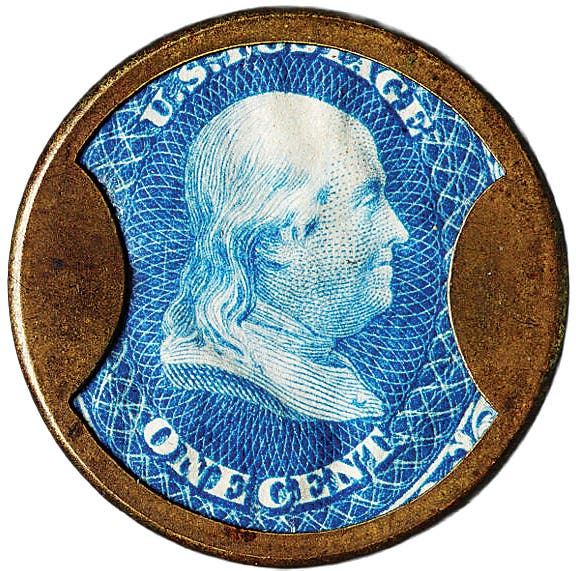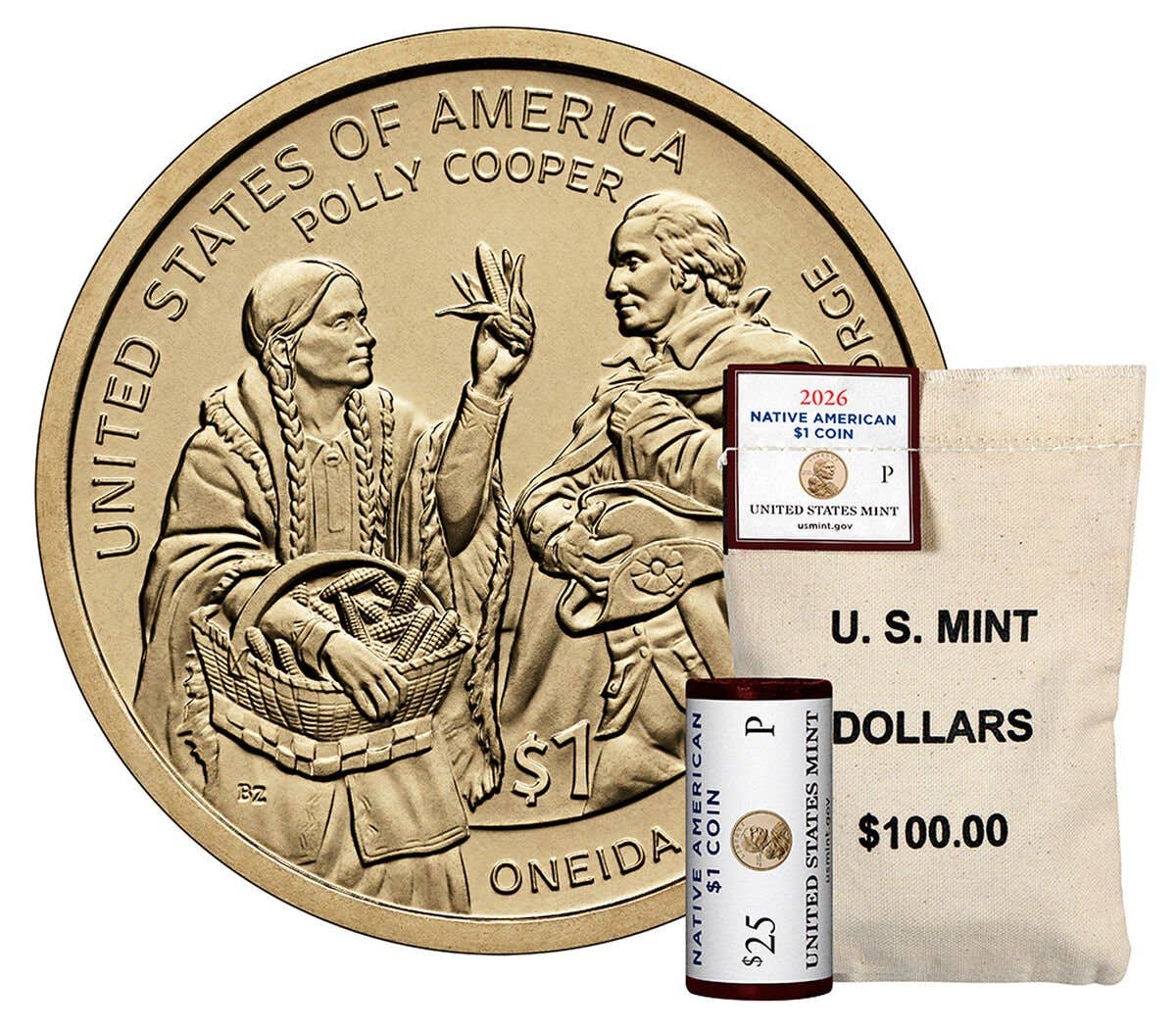Dollars in 1962 display totaled 1 million
A total of 1 million silver dollars were displayed. A Nebraska corn crib manufacturer, Behlen Manufacturing Co., filled a crib with the coins. There were 800,000 bagged Morgans dated 1904 and earlier, and 200,000 Peace dollars, weighing 30 tons.
What are the facts on the big display of silver dollars at the Seattle World’s Fair in 1962?
A total of 1 million silver dollars were displayed. A Nebraska corn crib manufacturer, Behlen Manufacturing Co., filled a crib with the coins. There were 800,000 bagged Morgans dated 1904 and earlier, and 200,000 Peace dollars, weighing 30 tons. They were shipped from the Philadelphia Mint in two trucks.
What is the oldest U.S. coin struck in aluminum?
One candidate for that particular record would be the 1855 half dollar struck on an aluminum planchet, now belonging to Princeton University. The piece was originally offered for sale in a George W. Cogan auction in 1883, selling to T. Harrison Garrett for $32. There is some question as to whether the coin was actually struck in 1855, or during the 1860s when the Mint was conducting official experiments with aluminum. The evidence suggests the coin came to one John Allen directly from the Mint, and Cogan described is as “struck in 1855 for the owner of the collection,” tentatively identified as Allen.
Supposedly there was a famous incident back in the early days of World War II, when a large quantity of gold was brought to the U.S. Assay Office in New York in a cab. Do you have any information about it?
A British ship, the Biafra, carrying half a million dollars in gold showed up in New York harbor in 1941 but could not discharge the cargo because the armored car drivers were on strike. The nine boxes of gold bars were loaded into taxis, escorted by police cars, and driven to the front door of the Assay Office.
I’ve been told that Hawaii was once the richest country in the world. How could that be?
Someone once said, “Statistics can prove anything.” This seems to be a case in point. Just before the turn of the century in 1900, the official estimate of the gold stock in Hawaii was $4 million. With the population at that time estimated at 100,000, this gave a per capita figure of $40, which was, and probably still is, at almost two ounces, the largest per capita quantity that has been reported.
How much gold was there per capita before it was called in during 1933?
Perhaps not as much as you might think. According to U.S. Treasury statistics, there were just over $7 per person in Gold Certificates and slightly over $3 in gold coin and bullion for each person in the United States. At the time there were about 125 million people in the U.S. This compared with nearly $21 per person in Federal Reserve Notes and another $5 worth of National Bank Notes.
Like what you're reading? Subscribe to our FREE email newsletter![form id="27827"]
Was the process of dredging for gold – using a dredge on an artificial pond – first used in California?
Thirty years before the first such dredge appeared on a California stream in 1895, the process was first used in the New Zealand gold fields in 1865. California is associated with dredging because so much gold was recovered in the state by that method.
When did the government start storing our gold at Ft. Knox, Ky.?
The Ft. Knox Gold Depository was constructed in 1935-1936. The contract for the construction was awarded Oct. 10, 1935. The first shipments of gold from New York and Philadelphia left on the evening of Jan. 10, 1937, but the facility was not actually completed until Jan. 13.
With postage costs currently at 44 cents an ounce and going up at every opportunity, I’m curious about postage costs in the past.
First Class postage was down to 3 cents in the 1850s, spurring the issue of the 3-cent nickel and $3 gold. It dropped to 2 cents from 1919 to 1932. The current rise in rates began with an increase to 3 cents in 1932. In 1958 it went to 4 cents, and in 1963 to 5 cents, with the next raise in 1968.
Did anyone ever try to corner the gold market in the U.S.?
Jay Gould tried it in 1869. The Treasury responded to the threat and dumped $5 million in gold on the market to end the danger of financial collapse.
More Coin Collecting Resources:
• Subscribe to our Coin Price Guide, buy Coin Books & Coin Folders and join the NumisMaster VIP Program









